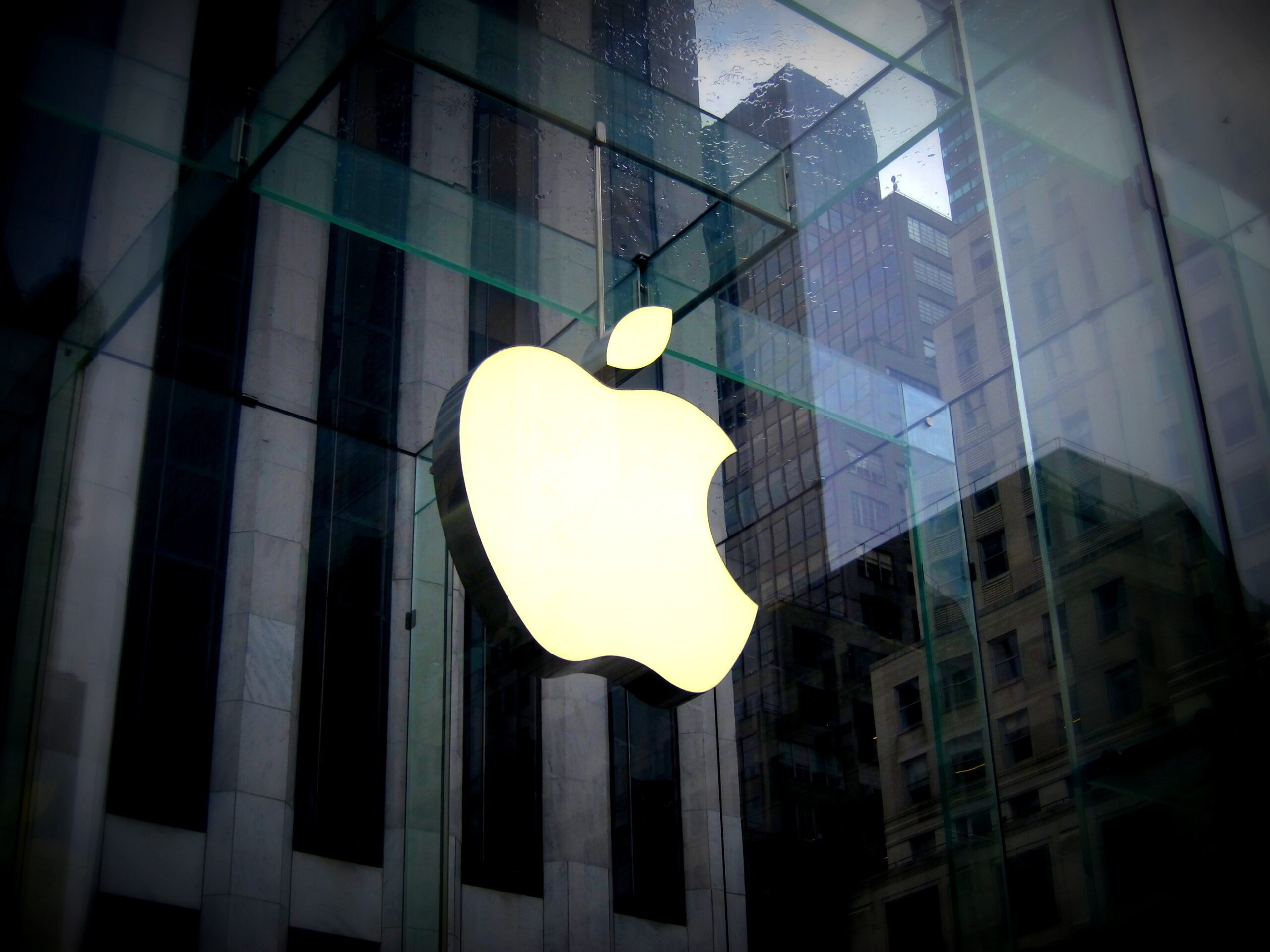The Power of Recognizable Branding: How Distinctive Personalities and Products Stand Out
The Power of Recognizable Branding: How Distinctive Personalities and Products Stand Out
calendar_month
28.01.2025
stylus_note
K. Hromkova
lists
Building a Brand
| calendar_month | 28.01.2025 | stylus_note | K. Hromkova | lists | Building a Brand |
|---|

In today’s market, whether in music, fashion, or consumer goods, the concept of distinctive branding plays a pivotal role in ensuring visibility and loyalty. For celebrities like singers, their personal style—including signature elements like unique hairstyles—becomes integral to their identity. This strategy, known as the “Recognizable Hair Theory,” emphasizes how one standout feature can help create a memorable image. However, this approach isn’t limited to celebrities. It’s just as essential for brands selling products, especially in a crowded marketplace.
The Psychological Impact of a Signature Look: From Celebrities to Brands
For artists, having a unique and recognizable feature like a hairstyle is about much more than appearance—it’s about creating a lasting, emotional connection with their audience. When fans see a bold hairstyle or an evolving look, they instantly associate it with the artist’s music, personality, and journey. This visual cue fosters a sense of familiarity and belonging among fans, who often grow emotionally attached to the artist’s persona. Similarly, products that carry distinctive visual elements—such as iconic packaging, unique design, or memorable logos—work in much the same way. Think of Apple’s clean and minimalist design, or Coca-Cola’s signature red and white logo. These elements aren’t just functional; they evoke certain emotions and set the brand apart. Just as a singer’s hair becomes an extension of their musical identity, a brand’s visual identity becomes an extension of its values, promise, and the experiences it offers.
The Role of Hair (and Product Design) in Reinforcing a Brand’s Message
Just like how a singer’s hair can reflect their music’s tone—whether it’s Billie Eilish’s edgy neon roots or Taylor Swift’s sleek, sophisticated looks—product design can reflect a brand’s ethos. For instance, Nike uses its iconic swoosh logo and sleek, performance-driven designs to communicate strength, agility, and innovation, qualities aligned with its brand identity. A bold visual style in hair can complement a singer’s sound, and similarly, a well-designed product can communicate a brand’s mission. For a brand, it’s essential to ensure that its design choices are aligned with its core message and audience. Luxury fashion houses like Chanel or Hermes focus on timeless design elements (e.g., the Chanel quilted bag or the Birkin’s simple elegance) that convey quality and exclusivity, similar to how a singer might use hair to convey a particular image or message.
Strategic Evolution: How Change Keeps the Brand Fresh
For singers, evolving their look through subtle changes in their hair helps signal growth or reinvention, keeping their brand fresh and engaging. Lady Gaga, for example, is known for her ever-changing hairstyles, each iteration marking a new phase in her musical and artistic evolution. This transformation mirrors her ability to keep her audience intrigued and engaged, never staying stagnant in one phase. Likewise, brands often evolve their visual identity or product designs over time to reflect changes in the market, consumer preferences, or cultural shifts. Coca-Cola’s transition from glass bottles to sleek cans, or Apple’s shift from the colorful iMac to the minimalist iPhone design, showcases how companies successfully reinvent their visual presence while staying true to their brand identity. For businesses, this means adopting an adaptable approach—whether it’s updating a logo or refreshing a product line—to ensure the brand feels dynamic while maintaining its core principles.
Branding Beyond the Product: Creating a Lifestyle
For both celebrities and product brands, the ultimate goal is to establish a connection with consumers that goes beyond just selling a product or service. For singers, their distinctive look, like their unique hairstyle, becomes part of a larger narrative—a lifestyle that fans can aspire to or feel part of. Similarly, brands aim to create a lifestyle around their products. Apple isn’t just selling technology; it’s selling a way of life, a sense of belonging to a community of innovators. Brands that successfully integrate their visual identity, message, and consumer experience create a lifestyle that their customers are eager to join. These connections, built on consistency, familiarity, and aspiration, turn products into symbols of personal identity—just like a singer’s recognizable look turns them into cultural icons.
Conclusion: The Power of Distinctive Branding
The “Recognizable Hair Theory” isn’t just for celebrities—it’s an approach that brands can adopt to make their products stand out in a competitive market. Whether it’s through a bold hairstyle or a unique product design, being visually distinct helps create lasting recognition. By aligning visual identity with brand messaging and staying consistent in its evolution, businesses can develop a loyal following, just as singers do with their fans. Recognizable branding, whether on stage or in the marketplace, is a crucial element for success and long-term relevance.

